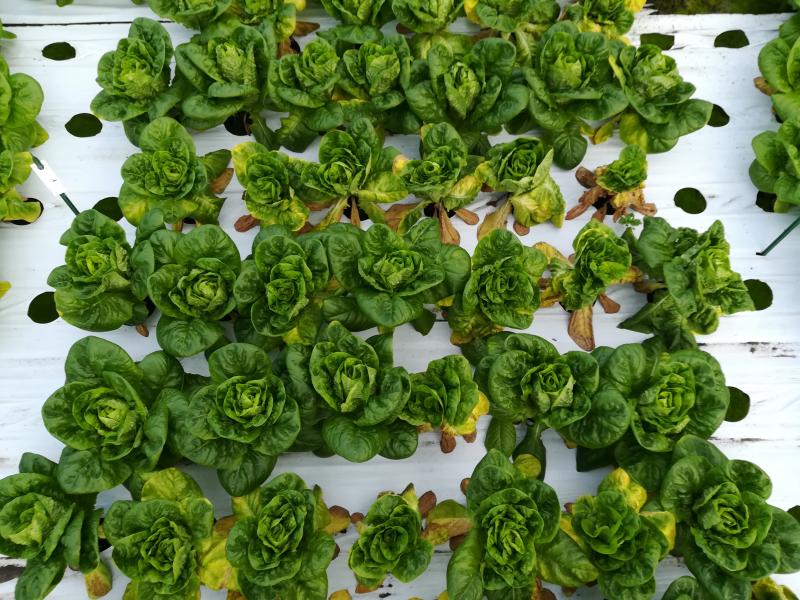
Transfer by infested soil has been confirmed as the main route that the disease lettuce Fusarium wilt is spread, according to new research.
Fusarium wilt is a soil-borne pathogen that attacks crops. The disease enters through the roots and interferes with the water conducting vessels of the plant.
As the infection spreads up into the stems, water flow is restricted causing the foliage to wilt and turn yellow.
Since limited effective control options are available, the review concludes that good hygiene across the supply chain remains the industry’s best chance at controlling this potentially damaging disease.
Infested soil can be spread on farm equipment, trays, pallets, plants and footwear.
AHDB commissioned University of Warwick to collate and review all currently available knowledge on the disease in response to the first UK outbreak, confirmed in October 2017.
'Act now'
Kim Parker, AHDB Crop Protection Scientist, said it is important that the industry "acts now" to stop the disease.
“The report identified that there are limited control options for growers, which stresses just how vital good hygiene practices are to prevent disease outbreaks,” she said.
Andy Taylor, author of the technical review at the University of Warwick, said: “Quaternary ammonium compounds are the most effective disinfectants against Fusarium oxysporum. However, many disinfectants are less effective in the presence of soil.
“Trays and pallets moved between growers and propagators need to be thoroughly cleaned of soil and plant material to enable disinfectants to be effective.”
The lettuce wilt outbreak confirmed in the UK last year was the same pathogen causing serious challenges to protected lettuce production in the Netherlands and Belgium.
Identifying effective control options for the disease has been confirmed as one of fifteen new priorities for the second year of AHDB’s crop protection research programme, SCEPTREplus.
